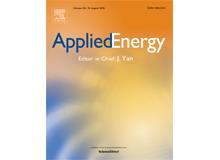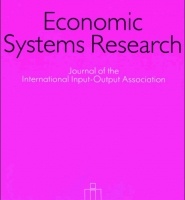
The influence of UK emissions reduction targets on the emissions of the global steel industry
Jonathan Norman has published a new paper in Resources, Conservation & Recycling. Read the paper here.
Abstract
The steel industry is the world’s largest industrial source of CO2 emissions. Recent UK economic policies have led to reduced domestic steel production giving an apparent reduction in national emissions. However, demand for goods made from steel has not reduced. Emissions have thus been transferred not reduced and implementation of UK climate policies may in future expand this ‘carbon leakage.’ This paper explores how future UK demand for goods made from steel might be supplied while satisfying national climate policies, and how this will influence global CO2 emissions. Current flows and stocks of steel are estimated from existing databases. Evidence from other developed economies suggests that per capita stocks are tending towards a saturation level so future demand is forecast from population growth and the expected rate of replacement of a stable stock. The carbon intensities of five different steel-making routes are used to predict the allowed scale of future domestic steel production within the industrial emissions allowances set in four energy pathways defined by the UK Government. The remaining requirement for steel must be sourced offshore and the associated emissions are predicted, to give an estimate of the global emissions arising from final demand in the UK. The results show that current UK climate strategy may have a limited effect in reducing the CO2 emissions of the global steel industry, unless the UK shifts towards producing more of its own steel products with domestic secondary steel-making. This option would also increase the security of UK supply and support an expansion of UK manufacturing.







